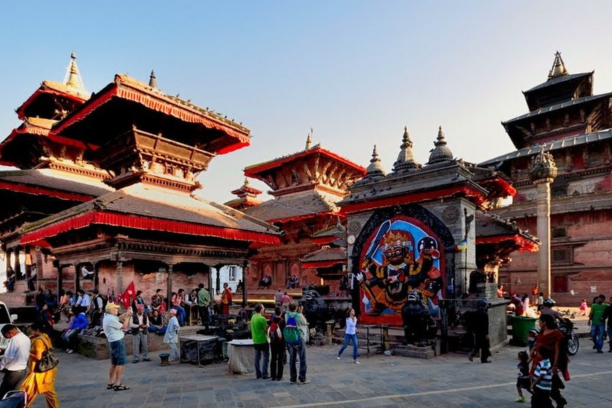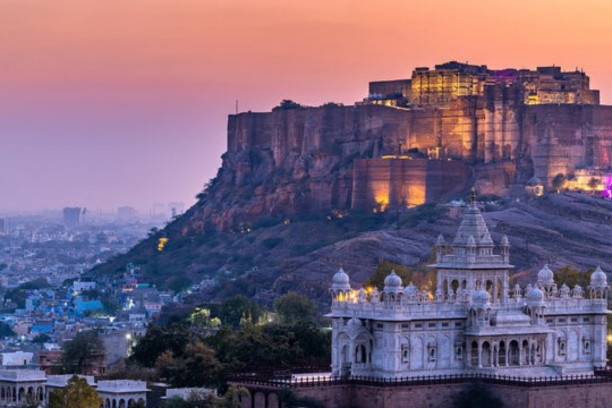SPIRIT OF INDIA AND NEPAL
Duration: 22 Nights / 23 Days
Destinations: Mumbai • Aurangabad • Udaipur • Jodhpur • Jaipur • Agra • Orchha • Khajuraho • Varanasi • Delhi • Kathmandu
A Journey Through Culture, Heritage & Spiritual Awakening
Embark on a once-in-a-lifetime odyssey across two soulful nations—India and Nepal—where ancient traditions, architectural wonders, and spiritual richness converge in a grand, immersive experience.
From the bustling streets of Mumbai to the cave temples of Ajanta and Ellora, you’ll dive deep into India’s rich artistic legacy. Sail across the shimmering waters of Udaipur, stand in awe before the majestic forts of Rajasthan, and witness timeless love etched in marble at the Taj Mahal.
Continue onward to Khajuraho’s exquisite temples and the spiritual heart of India—Varanasi—where the sacred Ganges flows as it has for millennia. In Delhi, experience the seamless blend of old and new, from Mughal monuments to colonial grandeur.
Then soar to the Himalayan kingdom of Nepal, where Kathmandu’s temple-studded squares, peaceful stupas, and sacred sites open the doorway to centuries of Buddhist and Hindu devotion.
Tour Highlights:
-
Marvel at the UNESCO World Heritage sites of Ajanta & Ellora Caves, adorned with ancient Buddhist art.
-
Explore the romantic city of Udaipur and take a serene boat ride on Lake Pichola.
-
Visit the blue-washed city of Jodhpur and discover its vibrant bazaars and mighty Mehrangarh Fort.
-
Discover Jaipur, the Pink City, with its Amber Fort, Hawa Mahal, and royal palaces.
-
Stand before the Taj Mahal, the eternal symbol of love, and explore the majestic Agra Fort.
-
Witness the erotic sculptures of Khajuraho and experience the medieval charm of Orchha.
-
Feel the spiritual heartbeat of Varanasi during a sunrise boat ride and evening Ganga Aarti ceremony.
-
Wander the temples and shrines of Kathmandu, Patan, Bhaktapur, and see sacred sites like Swayambhunath, Boudhnath, and Pashupatinath.
Experience Includes:
-
Domestic flights & express train rides for seamless travel
-
Comfortable 3–4-star heritage accommodations with breakfast
-
Private guided tours at all destinations
-
All transfers, excursions & monument entrance fees as per itinerary
✨ Why Choose This Tour?
This 23-day expedition is more than a vacation—it’s a deep dive into the heart and soul of two ancient civilizations. Whether you are a culture enthusiast, spiritual seeker, or curious explorer, Spirit of India and Nepal promises breathtaking sights, profound experiences, and unforgettable moments.











Isabella Martínez –
Raam Rise Travel made my trip to India absolutely unforgettable! As a solo traveler from Spain, I felt safe, supported, and truly immersed in the local culture. Their team was professional, friendly, and curated every detail perfectly—from vibrant cities to peaceful countryside escapes. I loved how authentic and enriching the experience was. Highly recommended for any foreign traveler looking to explore the real India with ease and comfort.
Gracias, Raam Rise Travel!
– Isabella Martínez, Spain